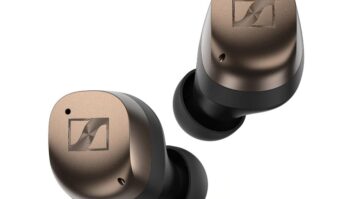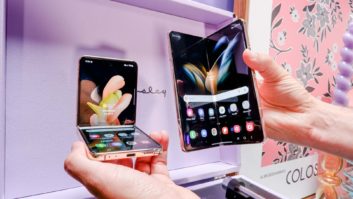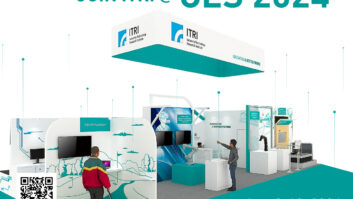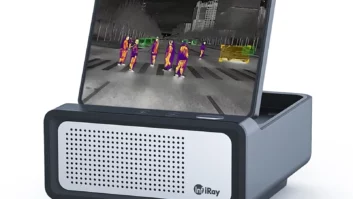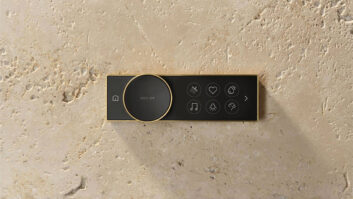
CES never fails to impress with an array of innovative and engaging new tech, and 2018’s show was no exception. There are a million blogs out there that will give you a rundown on the latest technology, but I want to talk about what I found most intriguing: the brands.
A few brands created a massive impact on the show without ever talking about their actual product. They exhibited a visceral experience or sold an idea that, if nothing else, was memorable far beyond the products they sell. More impressive than simply making an impact without their merchandise was that, for some of these brands, the experience created didn’t happen on the showroom floor, but instead turned the city of Las Vegas itself into a show of brand power.
Here are a few examples of brands that did the unexpected and won big at the show far beyond the technology they sell.
Intel
Intel took the glitz and glam of technology out to the city streets and created a nighttime drone show over the world-famous Bellagio. The 250 Shooting Star Drones blended seamlessly into the night sky and disappeared beyond the twinkling blue and white lights. The stunning display was choreographed to the music as well as the enchanting “dancing water” of the fountains. The performance amused and delighted as it appeared to many as a fireworks display put on by UFOs. The show was nothing short of visually arresting and dazzlingly choreographed while, at the same time, completely technological.
If you’re at #CES2018, you’re not going to want to miss @intel’s 250-drone light show at the @Bellagio fountains at 8 PM tonight. pic.twitter.com/f5a8Yo4DcH
— CES (@CES) January 11, 2018
As a brand, this display said to the world “we are the only ones that could orchestrate such a complex technological feat because we’re Intel.” Not bad when you’re known for being the smartest chips inside of the most intelligent machines. Sure, it could have created an intergalactic display inside the showroom, but it would not have had the same impact. Millions of people stop in front of this hotel to take in the water show annually, showing the power of Intel to far more than merely the excited techie with a pass to CES. Nighttime visitors to the city were able to marvel at a truly elevated experience, while Intel reinforced its position in the market. Its product wasn’t shouted from the rooftops, but what it can do certainly was.
Watch: 10 Things You Might Have Missed At CES 2018
Netflix
En route to the trade show, I found myself face-to-face with an angry mob shouting, “Immortality is immoral,” and the company they were blaming for heinous acts was “Psychasec.” I paid it no mind and continued onto CES, ready to take in the wonders of the conference.
Once inside the show, much to my surprise, I found a booth hosting none other than Psychasec, the company I had just witnessed a protest about. Its booth was something of a biotech lab; showcasing two good-looking, lifelike bodies in glass cases. The attractive attending workers wore white dresses that may have at one point in time been a typical lab coat.
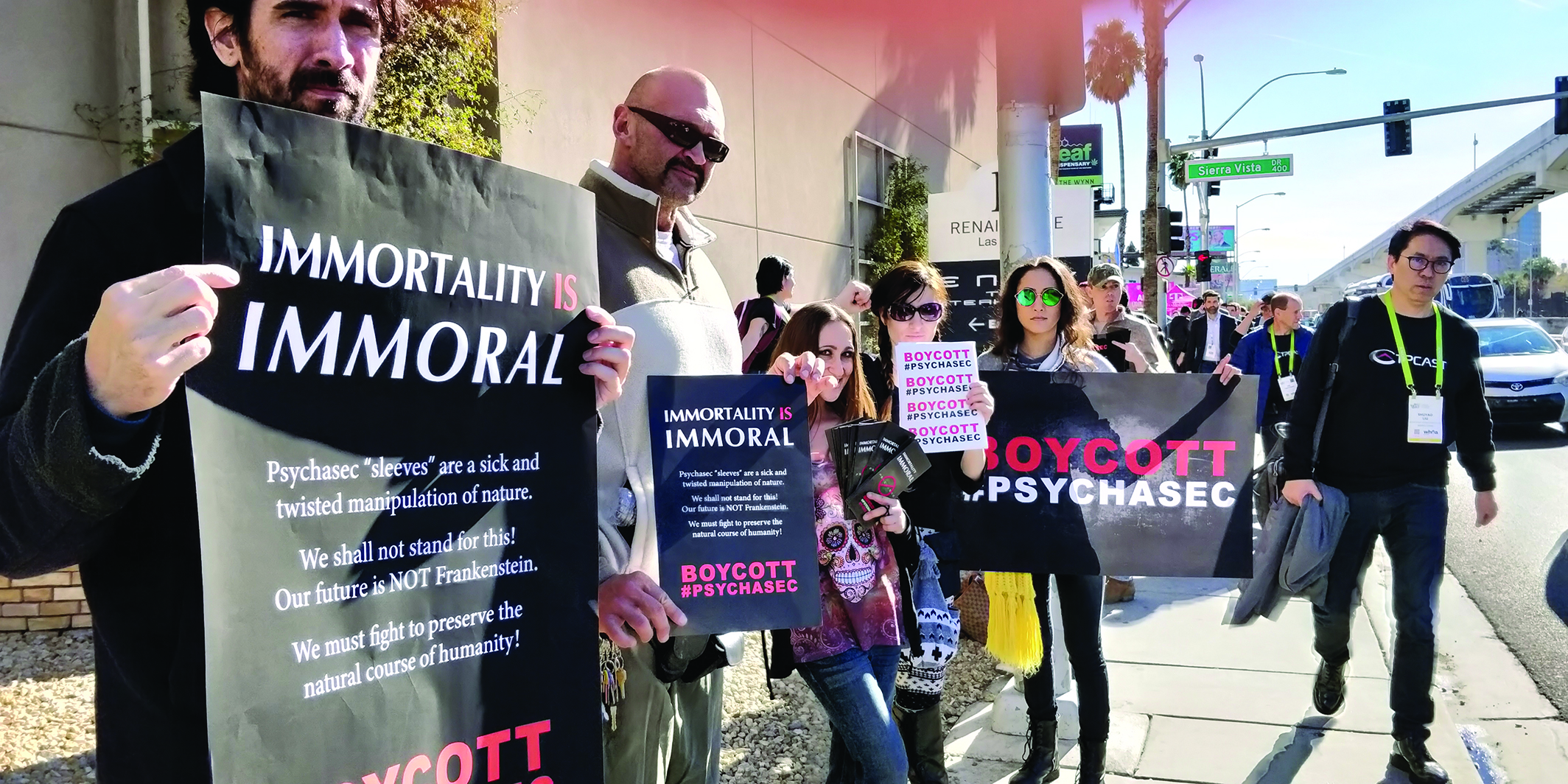
The product it was selling was intriguing and one I can certainly understand being at a tech show. The company boasted it could take a person’s conscious and place it in a newer, sexier body. (Kind of like the Steve Martin’s movie, “The Man with Two Brains” but now I’m dating myself. Or perhaps “Self/Less,” last summer’s blockbuster where Ryan Reynolds supplied the newer and sexier body is a more adequate example when speaking to tech lovers.)
Related: Everything You Need To Know About CES 2018
The bodies were realistic, down to the certain creep-factor that came with knowing what the company did, and assuming the bodies were merely body dummies and they weren’t about to conduct any experiments on the showroom floor.
The fun came when you learned the company and protest were no more than a charade to promote Netflix’s newest show, “Altered Carbon,” which is set in the distant future when medical and scientific marvels are available to simply swap your mind into a newer you.
The brilliance of this two-fold branding was the stage and the vehicle Netflix used to craft its message. It drew fascintation and sparked intrigue both outside, and inside the show, showcasing a futuristic tale of a technology which could believably be a part of the future of human existence. Roughly over 184,000 of the show’s ideal demographic was in attendance, and this stunt created a genuine buzz that resonated and took over the show. Such branding and dramatics not only showcased Netflix’s understanding of its audience but also tickled the imagination for new types of biological technology. What more could you ask for?
Kia
In the car category where the smart car was king at this year’s show, Kia decided to pivot and talk less about the tactical techs and specs of its cars and more about how these new technologies will solve real-life issues once smart car technology is ubiquitous. Its #BoundlessForAll campaign was about the user, not the vehicle, and how Kia wanted to change the way we travel.

Want to entertain a lonely puppy at home? Activate a robot at home through the car. Want to video chat while you drive? No problem, let the automated steering and route guidance take the wheel so you can connect — something that is infinitely hard to do in today’s technology age. Through sensor technology in and around cities, Kia’s Niro EV smart car uses this information to enhance the way we move around.
For example, if a building is ablaze, this technology can divert traffic from the inferno, and at the same time, clear a path for emergency vehicles to get there quicker. The same genius tech can be used to move cars more efficiently through congested areas by timing traffic lights using real-time data and even help you find a parking space. Simple solutions to everyday problems helped ideas come to life by showing how it matters to me, the end user. After all, ideas are far stickier if one can see how their world would be positivity affected by their adoption. This proved to be a great way to for Kia to tell the story of its new product.
People love products that can be customized to their daily needs, and Kia’s campaign proved without a doubt how the future is ready for its product. Utilizing an approach that spoke directly to each customer, and not a broad audience, Kia was able to build trust through its understanding of its customer’s day-to-day lives.
Foreo
Nestled in an area bustling with smart health product companies was a rugged metal-framed structure protected by barbed wire and military personnel. There was no way to ignore the intrigue it evoked — not only because of what companies it was surrounded by but because of the intimidation factor it created in a passerby. The fordoing booth was littered with signage boasting warnings and cautions against entry into the private curiosity. This booth was exclusive, open only to the press, and had threats of being shut down by CES for what went on inside.
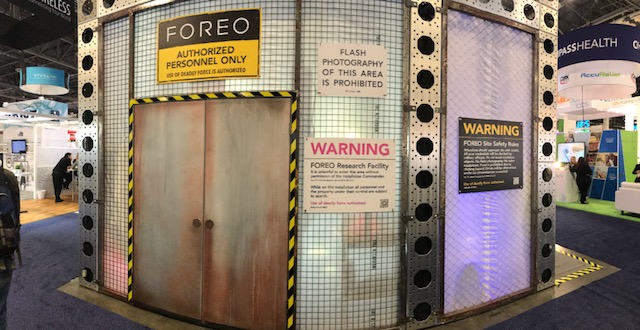
Before entering, one was given a military-style briefing full of rules about conduct on the inside, as well as a few odder warnings such as, “If you’re asked to drink something, don’t.” Blindfolds were passed out.
As I walked with my group, metal clanged together, shrieks sounded around us, and then we finally stopped. We were told to take off our blindfolds, and it was apparent we had been lead into some sort of mad laboratory. Test subjects, nurses, scientists and more military continued on about their day. A mad scientist did his best to shout at us, though I admittedly couldn’t understand his words, his actions were unmistakable. The man was forcing his subjects to drink potions, either on their own or by pouring them down the people’s throats. It was hectic and confusing and all very Area 51-esque. Yet I was still unsure what the product was, but the tour wasn’t over.
The scariest part for me, was at the end when we were led from the “lab” to a smaller room where the product was finally revealed. The soldiers were back, pitching and demoing a beauty care product. Yup, you read that right, this entire act was all for a beauty product, which might have been the weirdest part of the entire experience. The whole presentation was very theatrical and immersive but served as a way to spread Foreo’s message — that its beauty care products were on the cutting edge and unlike anything you’ve ever seen. Its top product, a 20-second mask that replaced a 20-minute mask, was supposed to be illuminated in the shocking militant and crazed display.
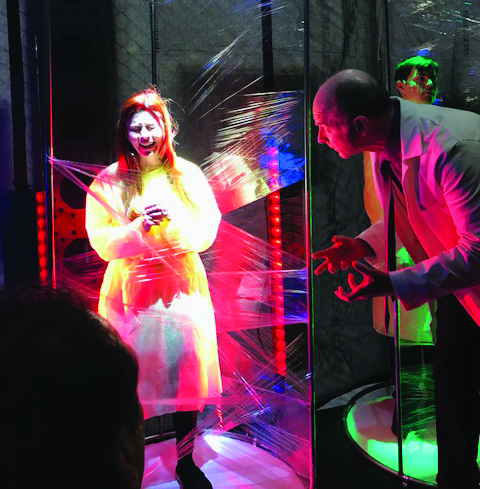
Foreo tried really hard to make an indelible mark on anyone who braved entrance, important when at a show where thousands of companies are trying to outdo one another for your attention. It was the stark horrific backdrop in an otherwise bland area.
The proof of the pudding is in the eating, that standout statements and spectacles draw the most impact and speak far louder than any product demonstration. Being the loudest isn’t always the name of the game — being the most memorable is. Whether a brand is theatrically demonstrating themselves, such as Foreo or Netflix, or dazzling with a technology-operated show like Intel, the point is they were what people remembered. I assert most marketers would agree that tapping into the emotional side of one’s brain is far more “sticky,” and therefore lasting, than a simple new product pitch.
James Capozzi is a creative director for the Epsilon Agency. He can be reached at [email protected].




